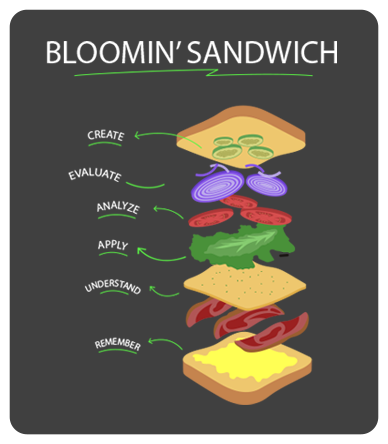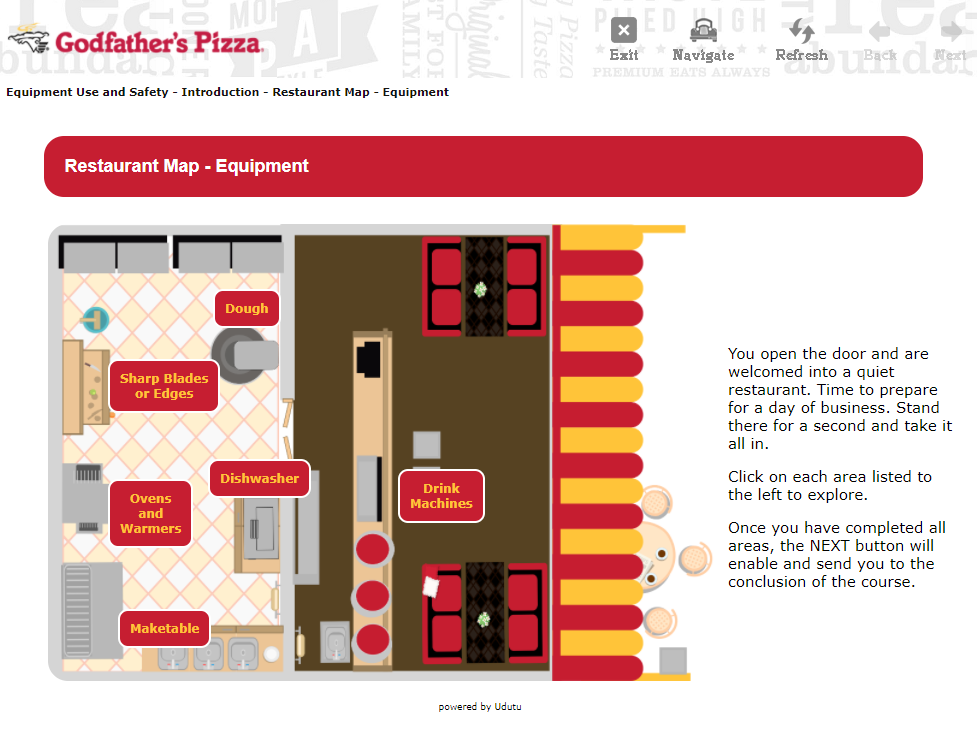Do you want to learn how to develop LMS courses? If so, you have come to the right place! In this blog post, we will discuss the process of developing…
How to Write Measurable Learning Objectives that Get Results
Before creating your next eLearning course, ask yourself this question: What do you want your learners to do after completing your course? Ideally, your course will equip your learners with new knowledge and skills so that they will be able to perform new tasks, or perform old tasks with better accuracy or improved results. All too often we fixate on what learners need to understand, and we lose sight of what we actually need them to be able to do after completing the course. While understanding is a necessary part of the educational process, it’s not enough. We can’t stop…








